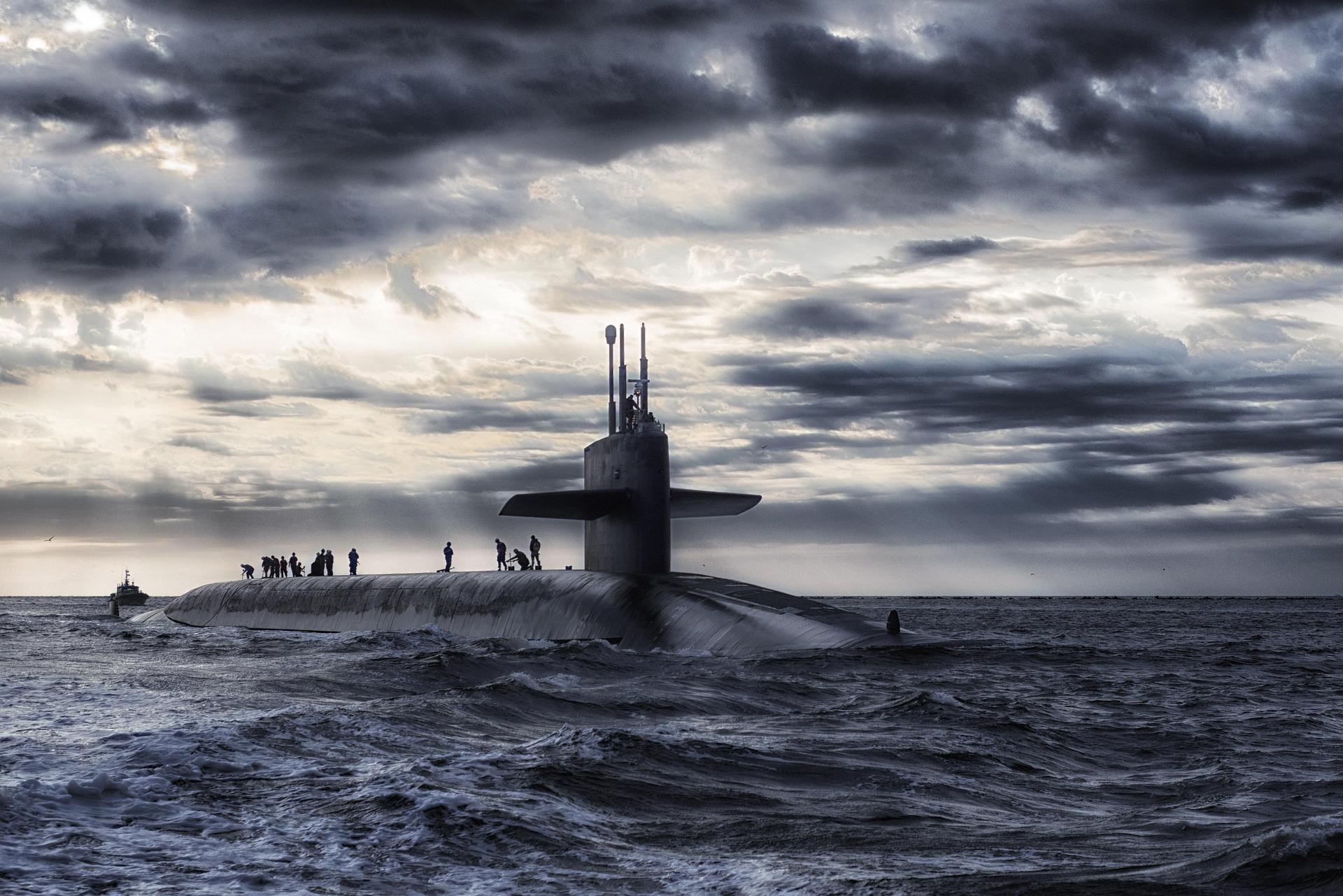
In a landmark move to strengthen its naval capabilities, the Indian government has approved a ₹70,000 crore deal for the construction of six advanced conventional submarines under Project 75 India (P-75I). This ambitious program is set to transform India’s underwater warfare capacity, enhance its defense manufacturing ecosystem, and reinforce maritime security in the Indo-Pacific region.
Project 75 India: Background and Purpose
Project 75I is a long-awaited initiative designed to equip the Indian Navy with six state-of-the-art diesel-electric submarines fitted with Air Independent Propulsion (AIP) systems. The goal is to extend submarine endurance, improve stealth, and ensure a formidable deterrent against regional threats. India currently operates 16 conventional submarines, of which 10 are nearing retirement, highlighting the urgency of fleet modernization. With China operating more than 60 submarines and Pakistan expanding its fleet with Chinese assistance, Project 75I is strategically vital. Beyond defense, the project supports Atmanirbhar Bharat by promoting indigenous defense production and aims to position India as a submarine-building hub.
Key Partners and Selection Process
The construction will be spearheaded by Mumbai-based Mazagon Dock Shipbuilders Limited (MDL), a proven public-sector shipyard with experience in delivering six Scorpene-class submarines under the earlier Project 75. MDL’s foreign collaborator is Germany’s ThyssenKrupp Marine Systems (TKMS), renowned for its Type-214 submarines and its proven AIP technology. TKMS’s bio-ethanol-based AIP system, a critical factor in the selection, allows submarines to remain submerged for extended durations.
The rival bid from Larsen & Toubro (L&T) and Spain’s Navantia was disqualified because Navantia’s AIP system remains untested, as its S-80 class submarines have not yet been commissioned. This left MDL-TKMS as the sole qualified bidder, raising concerns about limited cost competition but ensuring technological reliability.
Submarine Features and Technology
The upcoming submarines will feature Air Independent Propulsion systems, enabling them to stay submerged for up to three weeks without surfacing, a major advantage in stealth operations. TKMS’s Bio-Ethanol Stealth Technology (BEST) will generate oxygen onboard using bio-ethanol, enhancing endurance and minimizing detection risks. The submarines will be armed with land-attack cruise missiles, heavyweight torpedoes, and anti-ship missiles, supported by advanced sonar and electronic warfare systems. With a displacement of around 3,000 tonnes, the design will be a scaled-up version of the existing Type-214 class. Low acoustic signatures and cutting-edge electronics are central to the stealth profile of these vessels.
Timeline and Progress
The Cabinet approval was granted on August 23, 2025, clearing the path for negotiations between the Defence Ministry, MDL, and TKMS after months of procedural delays. Negotiations are set to begin by late August and are expected to conclude within six months, paving the way for contract signing by early 2026. The first submarine is projected to be delivered by 2032–2033, with subsequent deliveries staggered over the following years. MDL and TKMS have already proven the viability of the AIP system in 2024 trials, meeting stringent Indian Navy requirements.
Financial Details
The cost of the project has risen to ₹70,000 crore, up from the initial ₹43,000 crore estimate due to inflation, advanced specifications, and additional Navy requirements. While some reports still reference the ₹43,000 crore figure for a phased approach, consensus places the full project cost at ₹70,000 crore. The funding will come from India’s 2024 defense acquisition budget of ₹4.22 lakh crore.
Make in India Push
A major highlight of P-75I is the indigenous manufacturing mandate. The first submarine will incorporate 45 percent local content, gradually increasing to 60 percent for the sixth. This not only strengthens domestic industry but also provides a long-term boost to India’s MSME sector through a tiered supply chain. Technology transfer from TKMS will ensure that Indian shipbuilders and engineers gain valuable know-how, laying the foundation for future independent submarine production.
Strategic Impact
Regionally, the submarines will play a key role in countering China’s growing naval presence in the Indian Ocean and Pakistan’s Chinese-assisted fleet modernization. The project complements India’s ongoing efforts to develop nuclear-powered attack submarines with L&T and the Submarine Building Centre. By enhancing its underwater capabilities, India will be better positioned to protect sea lanes, secure maritime interests, and project power across the Indo-Pacific.
Challenges Ahead
Project 75I has been plagued by over a decade of delays due to technical disputes and bureaucratic hurdles. With MDL-TKMS emerging as the sole qualified bidder, cost negotiations may be limited, although the Navy insists that proven AIP technology is non-negotiable. L&T-Navantia’s disqualification was contested, but a technical oversight committee upheld the Navy’s decision.
MDL’s Expanding Role
Beyond P-75I, MDL is negotiating a ₹35,000 crore deal for three additional Scorpene-class submarines with France’s Naval Group. It has also secured contracts for 14 fast patrol vessels worth ₹1,070 crore and a ₹1,990 crore project with DRDO for AIP integration into existing submarines. Although MDL’s stock saw a minor dip of 2.09 percent in December 2024, the approval of P-75I is expected to significantly boost investor confidence in the long run.
Conclusion
The approval of Project 75I marks one of the most significant steps in India’s naval modernization in recent years. With six advanced submarines equipped with proven AIP technology, indigenous manufacturing mandates, and strategic alignment with regional security needs, this project is poised to transform India’s submarine capabilities by the next decade. While challenges remain in terms of execution and timelines, the deal represents a decisive stride towards self-reliance and a stronger maritime posture in the Indo-Pacific.




